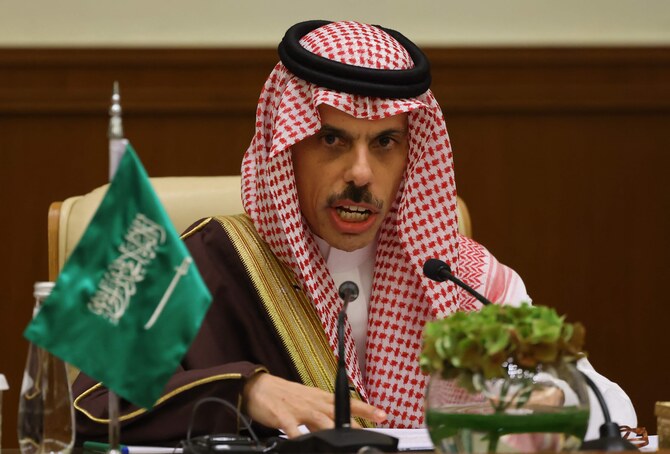- Ministry launches project to revitalize 100 natural parks
- The center emphasizes the need for park preservation, protection, monitoring and data collection
RIYADH: Saudi Minister of Environment, Water and Agriculture Abdulrahman Al-Fadhli has launched an initiative to revitalize 100 natural parks across the Kingdom, covering more than 225,000 hectares in its initial phase.
The initiative involves planting more than 12 million wild trees and shrubs in the targeted areas, fostering environmental sustainability and enhancing quality of life, aligning with the goals of Saudi Vision 2030 and the Saudi Green Initiative.
The Kingdom’s National Center for Vegetation Cover Development and Combating Desertification oversees various tasks within the initiative, including raising awareness about the significance of natural parks.
The center emphasizes the need for park preservation, protection, monitoring and data collection, as well as creating planting maps for local trees and shrubs such as acacia, wild sidr and haloxylon.
The center will also cultivate and sow seeds in the parks, engage the community and offer employment opportunities.
Natural parks store carbon, combat climate change, prevent desertification and support diverse plant and animal life through innovative rehabilitation and development methods.
They offer economic prospects through beekeeping, boost honey production, attract tourists and serve as a recreational destination for families and locals.
The center focuses on restoring and preserving vegetation, managing pastures, forests and national parks, detecting encroachments, combatting illegal logging and safeguarding natural resources and biodiversity.
Meshal Al-Harbi, general manager of the General Department of Pastures at the center, said: “Activities aimed at rehabilitating the natural parks involve planting trees and sowing seeds based on plant environments and protective methods.”
“One of the methods for rehabilitating natural parks involves the utilization of rainwater harvesting techniques to store and utilize this water,” he said.
Al-Harbi said: “The natural parks are good habitat for wildlife. It is characterized by good water-borne soil suitable for the growth of seasonal or sustainable plants. It also stores carbon and is considered a good environment for recreation and camping.
“In light of the implementation of the initiative, I expect that this would result in reducing dust storms and increasing vegetation cover, thus contributing to carbon storage and reducing temperature.”





